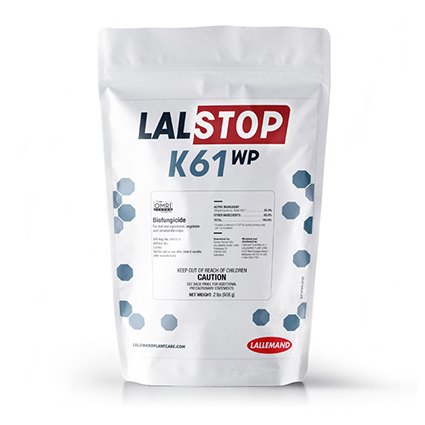Why You Can Likely Afford a Solar System for Your Greenhouse

Photo: WikimediaImages via Pixabay
Renewable energy is a growing area of interest for many farms. In particular, off-grid solar energy systems have become a popular form of renewable energy. Off-grid systems are stand-alone power units not connected to the electrical grid. They directly use energy created from solar panels for powering farm systems and, as a result, can help reduce electricity costs to connected systems on farm.
A large barrier to installing off-grid systems has been their cost. With the passage of The Inflation Reduction Act, the costs of installation are potentially much more manageable.
A recent article from Michigan State University Extension focuses on opportunities through USDA’s Rural Energy for America Program (REAP) to reduce installment costs. The article is a follow-up to a previous on article that presented scenarios of on-farm cost savings from solar energy systems.
REAP focuses on renewable energy systems and energy efficient improvements. It provides funding specifically to agricultural producers and small businesses in rural areas to install and implement solar energy systems. In 2022, the Inflation Reduction Act provided more than $1 billion funding for this program.
Administered through USDA Rural Development, REAP grants can cover up to 50% of off-grid solar installation costs. These are competitive grants and not guaranteed. However, if received, they can greatly reduce solar installation costs. USDA will soon be taking applications to compete for fiscal year 2024 REAP grants. Round Two of applications will be due March 31, 2024. Round One was completed in 2023. Templates are available on the USDA Rural Development application website or local offices.
REAP also offers guaranteed loans to help cover the remaining installation costs. The total of grants and loans within REAP can cover a maximum of 75% of total project costs. Unlike the grant portion of support, the loan portion must be repaid. With a 50% grant, a loan could be made for 25% of project costs to reach the 75% maximum. A loan for 25% of the installation cost would cover $7,500 of our $30,000 example system. Loan terms can be up to 40 years. Work with your lender to identify what loan terms work best for your farm’s situation. In order for a grant and guaranteed loan to be used, applications must be made together.
To find more information, including how to calculate potential cost reductions, check out the original story here.








